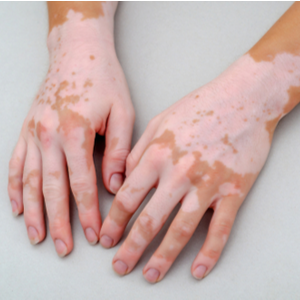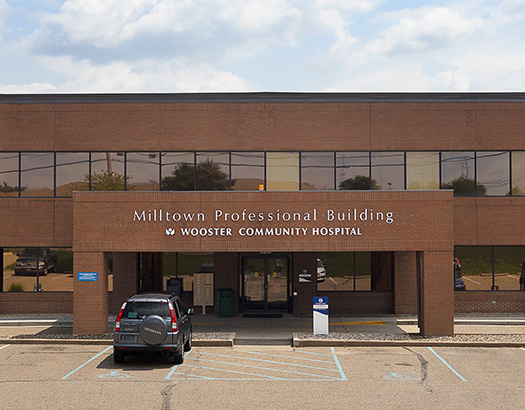
Vitiligo is a pigmentation disorder in which your skin loses melanin, causing white patches to appear that slowly enlarge over time. These symptoms affect men and women alike, and causes may be attributed to emotional stress, illness, or skin trauma such as sunburn. Vitiligo can appear from birth but half of all vitiligo cases develop in children and young adults between the ages of 10 and 30 years.
It is estimated that around two percent of the World’s population suffers from vitiligo. It affects all races equally but is mistakenly associated with black and dark-skinned people simply because the loss of skin pigmentation is more noticeable.
Any part of the body can be affected but areas exposed to the sun tend to be affected first. Vitiligo is commonly seen on the face around the lips and eyes. It can also develop around hair roots on the scalp and turn patches of hair white or grey.
Vitiligo is not contagious and does not have to hold you back in life: even some high-profile celebrities and fashion models have come to embrace their condition as a part of their identity.
Melanin is a natural substance produced to protect your skin from exposure to the sun, so it is important to apply sunscreen or cover areas that are affected by the depigmentation of your skin.
Vitiligo Treatment
Repigmentation is very slow and treatments may include topical corticosteroids in the form of a cream applied to affected areas, vitamins, narrow-band ultraviolet B (UVB) therapy, and oral steroids.
In addition, self-tanning lotions may help conceal imperfections by adding color to depigmented areas. Concealing cosmetics and makeup can also be an effective way to restore more balanced skin color.
Your Trillium Creek Dermatology skin experts can provide treatments to slow the progression of the disease as well as minimize the visible effects. We are serving the following communities and those surrounding: Wooster, Wadsworth, Medina, Brunswick, Strongsville, and Hinkley.
Frequently Asked Questions About Pigmentation Disorders
Can pigmentation be removed?
Does hyperpigmentation get darker before it fades?
Does pigmentation come back after laser?
Does pigmentation go away?
How can I lighten my dark forehead?
How can I remove pigmentation permanently?
How can I remove pigmentation?
How can I stop skin pigmentation?
How do I even out my skin tone?
How do I fix discoloration on my face?
How do I get rid of dark patches on my face?
How do I get rid of dark pigmentation on my legs?
How do you fix hyperpigmentation?
How long does pigmentation take to fade after laser?
What diseases cause hyperpigmentation?
What causes brown pigmentation on face?
What causes skin pigmentation?
What does hyperpigmentation look like?
What does melasma look like?
What food can cause pigmentation?
What hormone imbalance causes melasma?
What is best for pigmentation?
What is hyperpigmentation on face?
What is melasma on face?
What is the best ingredient for hyperpigmentation?
What is the best serum for hyperpigmentation?
What is the difference between blemishes and pigmentation?
What is the difference between melasma and hyperpigmentation?
What products get rid of hyperpigmentation?
What is the fastest way to get rid of hyperpigmentation?
What vitamins are good for melasma?
Which acid is best for hyperpigmentation?
Which ordinary product is best for hyperpigmentation?
Why do we get pigmentation on face?
Why does hyperpigmentation take so long to fade?





Multiple Locations
Brunswick: 2865 Center Road, #5 Brunswick, Ohio 44212
Medina: 5783 Wooster Pike
Medina, Ohio 44256
Strongsville: 17982 Royalton Rd., Strongsville, OH 44136
Wadsworth: 300 Weatherstone Drive, #106
Wadsworth, Ohio 44281
Wooster: Milltown Professional Building
128 E. Milltown Road, #208 Wooster, Ohio 44691
Directions



